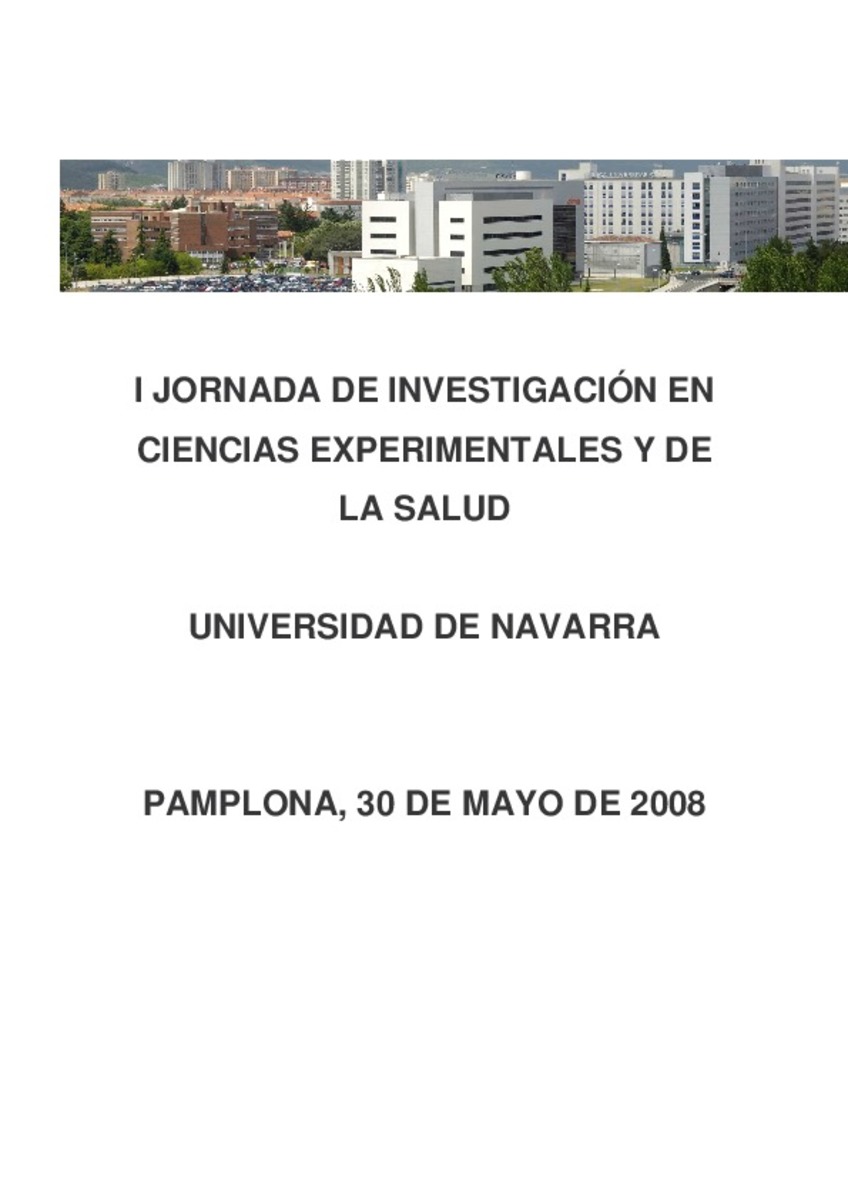Electrochemical and theoretical assessment of wine by means of complexation processes with Zn and Cu
Palabras clave :
Wine colour
Complexation
Zn
Cu
DPASV
Fecha de publicación :
30-may-2008
Editorial :
Universidad de Navarra
Cita:
Esparza I, Santamaría C, García-Mina JM, Fernández JM. Electrochemical and theoretical assessment of wine by means of complexation processes with Zn and Cu. En: I Jornada de Investigación en Ciencias Experimentales y de la Salud de la Universidad de Navarra. Pamplona: Universidad, 2008. Pág. 59.
Aparece en las colecciones:
Estadísticas e impacto
0 citas en

0 citas en

Los ítems de Dadun están protegidos por copyright, con todos los derechos reservados, a menos que se indique lo contrario.











